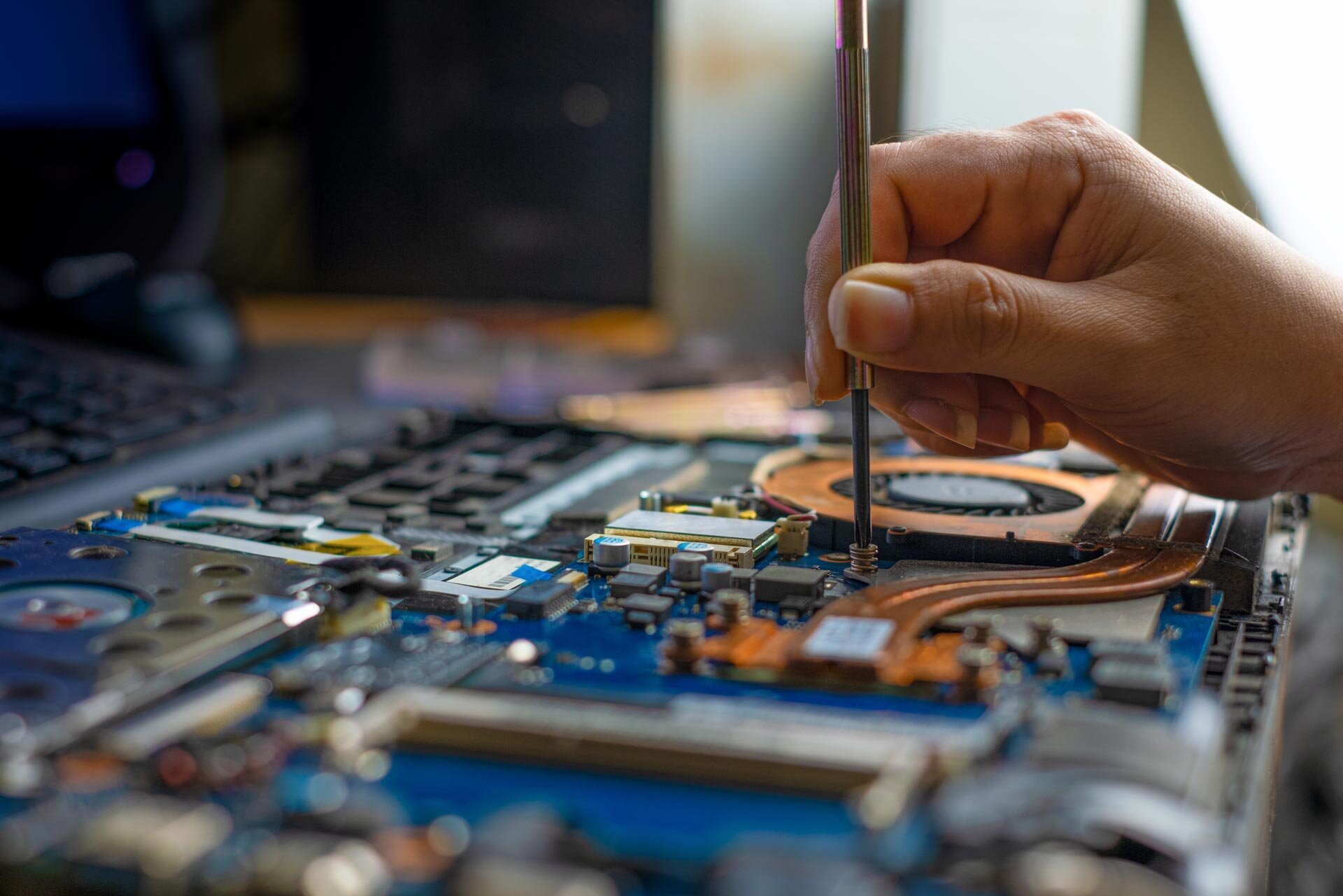Can managed IT services help you become a more sustainable business?
No business can do without some form of IT to operate today. Whether it’s an email account or a whole network, we’re reliant on IT to help us run our business and support our customers - but every email, application or piece of data stored comes with an associated carbon cost.
Considering sustainability in your tech stack and strategy means balancing the need for growth and innovation with environmental responsibility and equity. It means considering how the assets you choose, the way you manage those assets, what you consume in order to use them, and how you dispose of them contributes to a greener business footprint.
Going paperless, remote work and online meetings are all steps towards greener processes, but these digital ways of working are potentially still responsible for a high number of carbon emissions.
Globally, only 43% of executives say they are aware of their organisation’s IT footprint. And while 50% of firms say they have a business-wide sustainability strategy, only 18% have a sustainable IT strategy (Capgemini Research Institute, Sustainable IT survey).
As a contributor of around 1.4 percent to the overall global emissions problem, the ICT sector has an opportunity to be a part of the solution. Here are some of the ways we help build a more sustainable approach to business into our clients’ IT strategy:
Goals & roadmaps
With less than one in five organisations saying they have a sustainable IT strategy, it’s obvious there’s a need to help more businesses align their approach to technology with wider sustainability goals. With a clearer understanding of both technology needs and sustainability goals, an IT services partner can help you establish benchmarks, putting in place a smarter roadmap for continual improvements while offering the expertise to deploy solutions.
Flexible infrastructure
Technology is fast moving and business demands are continuously changing; keeping up can mean regular, on-going investment in new hardware. With a more informed approach, you can get greater value from existing technology and legacy systems while implementing infrastructure that will flex and scale with your business as you need it to.
Smarter sourcing
When recommending or choosing hardware for our clients, we look at repairability, performance and reliability, as well as a product's EPEAT rating (learn about EPEAT ratings here). Established by the Green Electronics Council, EPEAT (Electronic Product Environmental Assessment Tool) sets out criteria across different technology product categories which helps consumers evaluate and compare products based on their lifecycle environmental performance. As an example HP Elitebook laptops are EPEAT Gold certified, have a documented carbon footprint, and are end-user repairable and upgradeable.
Cloud migration
Moving your applications and data to the cloud is a sustainable step in itself, but not all cloud providers are created equal when it comes to environmental impact. The Capgemini research report found that only 19% of organisations actually measure cloud’s environmental impact, and 60% are not aware of which cloud providers offer them a more sustainable solution. Yet, the ICT sector’s carbon footprint could be reduced by over 80% if all electricity consumed came from renewable energy sources. We looked into how the three big cloud providers - Microsoft Azure, AWS and Google Cloud - stack up in more detail in a recent post: How environmentally friendly is your cloud hosting?
E-waste disposal
Auckland-based electronic recycling company Computer Recycling says 80,000 tonnes of e-waste is produced in Aotearoa every year but only 2% of that is recycled - the rest ends up in our landfills. We work on a principle of first upgrading, repairing, or both. When equipment needs to be replaced, we ensure that e-waste collection is included in the process, working with Computer Recycling to ensure that any electronics, and their potentially toxic materials, are disposed of properly. Read more about changes to e-waste recycling in Aotearoa.
So, while technology helps us focus on building a future, what kind of future will it be if we’re not also considering the impact of our choices? A sustainable IT strategy involves balancing self-interest with doing what’s right - and that isn't just about environmental impact, but also about responsible and equitable behaviour.
As an IT services partner, our role is also to help raise awareness about simple yet impactful changes, encourage our clients to think about alternative IT solutions, and recognise the impact of those decisions on the world around us. If you’re an organisation conscious of better ways of working, get in touch - we can help you build sustainability right into your business.


